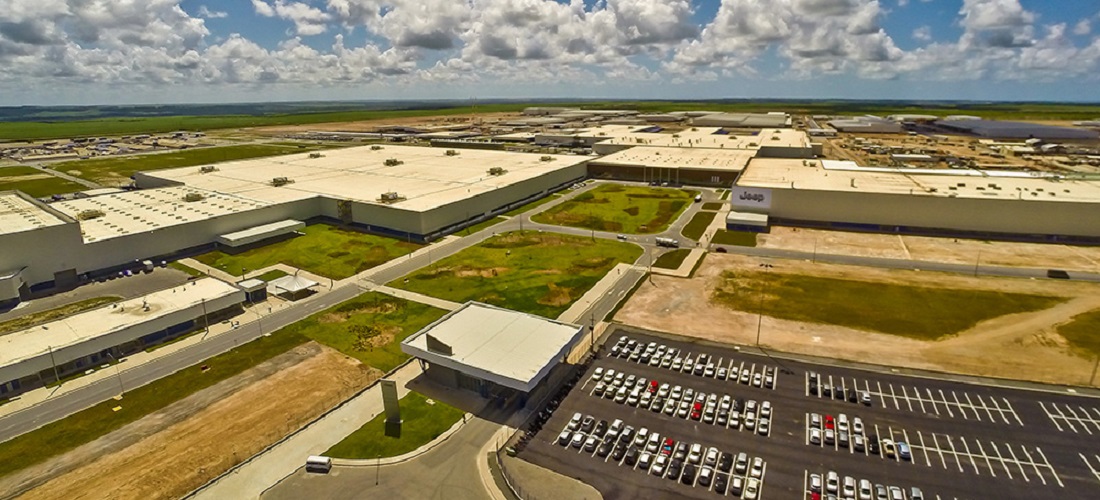
Fiat uses cabotage to supply factory in Pernambuco
Mar, 11, 2020 Posted by Sylvia SchandertWeek 202012
After the truckers strike in 2018, the Fiat Chrysler group in Brazil decided to try moving steel by ships along the coast to supply its factory in Pernambuco. The trial was successful and, since then, the company has started to use cabotage services to transport other kinds of parts to the factory’s production line.
According to the director of post-sales and services at Fiat Chrysler, Luis Santamaria, who at the time served as director of logistics and purchasing for the company, the fact that the steel supplied by ArcelorMittal is rolled in the port region of Santa Catarina caught the attention of the team. The Fiat Chrysler plant in Goiana is just over 60 kilometers from the port of Recife and 120 kilometers from Suape. “A country with such a long coastline like ours needs to explore the potential benefits of cabotage,” says the executive, responsible for the cabotage project.
Previously steel coils were transported more than 3,200 kilometers between São Francisco do Sul, where the ArcelorMittal rolling mill is, to Goiana. According to the steelmaker, it took 122 trucks to meet the need for 5,000 tons per month at the vehicle factory.
According to the executive, cabotage takes longer than road transport – 11 days for loading, discharging and travel versus 07 days for rail transport. But the advantage, by sea, is that a ship can carry the total cargo of the month, while in trucks the volume is fractioned. In addition, the stability of maritime transport offers less risk of damage. Abrupt braking and potholes on the roads end up damaging the coils.
According to Santamaria, transport costs are equivalent in both modalities. “But if we take into account the losses with coils crumpled at the ends, which sometimes cannot be repaired, cargo theft, accidents, increased freight and possible strikes by truck drivers, cabotage offers a great advantage”, says the executive.
Based on the experience with ArcelorMittal, Fiat Chrysler started testing cabotage with other suppliers. Part of the steel is bought from Usiminas and goes to the port of Rio and from there to Pernambuco. The advantage, in this case, is smaller because it involves greater distance on roads. But Santamaria considers cabotage to be advantageous nevertheless because it represents an alternative.
Also through the port of Rio, parts began to be transported, stored in containers. “We are in contact with several suppliers to expand this mode of transport and establish a routine,” says Santamaria.
Transport by ship will not entirely replace road transport. But it will be a complement. According to the executive, the plan is to make the participation of cabotage in the system of delivery of inputs and parts to the factory in Goiana in two years between 20% and 25%.
Source: Valor Econômico
-
Shipping
Apr, 27, 2023
0
MSC slows ships, adds Mobile to Latin America-Gulf Coast service
-
Shipping
Jun, 30, 2020
0
Zim acquires 500 new reefer containers
-
Meat
Jan, 09, 2024
0
Record-Breaking Year: Brazilian Pork Exports Experience 9% Growth in Volume and Revenue in 2023
-
Other Logistics
Jul, 03, 2024
0
Maersk pulls out of bidding for Germany’s DB Schenker, shares spike



